Romain Grosjean’s journey from a fiery Formula 1 crash to becoming an IndyCar race winner is nothing short of a motorsport fairytale. The French-Swiss driver’s resilience and determination have rewritten the narrative of his career, proving that even the darkest moments can lead to triumphant rebirth. His story is one of survival, reinvention, and ultimately, redemption on the racetrack.
On November 29, 2020, the motorsport world watched in horror as Grosjean’s Haas F1 car pierced through the barriers at Bahrain’s Sakhir Circuit, erupting into a fireball. Trapped in the inferno for nearly half a minute, the driver somehow escaped with burns to his hands but with his spirit unbroken. That moment could have been the end—instead, it became the catalyst for an extraordinary second act in American open-wheel racing.
A Phoenix Rising from Formula 1’s Ashes
The Bahrain crash marked the abrupt end of Grosjean’s nine-year F1 career, yet in the wreckage lay an unexpected opportunity. Where many saw catastrophe, the 35-year-old saw possibility. His move to IndyCar with Dale Coyne Racing for the 2021 season was viewed skeptically—could a driver known for occasional brilliance and inconsistency in F1 thrive in America’s fiercely competitive open-wheel series? The answer came swiftly and emphatically.
Grosjean’s adaptation to IndyCar was revelatory. The series’ emphasis on mechanical grip and wheel-to-wheel racing played to his strengths as a daring overtaker. His third-place finish on the Indianapolis road course in just his second start announced his arrival; three more podiums that season confirmed his legitimacy. The fire that nearly claimed him had forged a sharper, more focused competitor.
The Andretti Factor and the Road to Victory
For 2022, Grosjean’s graduation to Andretti Autosport—IndyCar’s equivalent of joining Ferrari or Mercedes in F1—signaled his ascent into the championship’s elite. The partnership bore fruit with immediate consistency: four top-five finishes in the first six races, including a heartbreaking runner-up at Long Beach where victory slipped away in the closing laps. The breakthrough win felt inevitable, yet remained agonizingly just out of reach—until May 2022’s Grand Prix of Indianapolis.
On the hallowed grounds of the Speedway’s road course, Grosjean delivered a masterclass. Holding off charging young stars like Álex Palou and Will Power, he crossed the line first, unleashing raw emotion that resonated far beyond victory lane. This wasn’t just another IndyCar win—it was the culmination of an 18-month odyssey that began in flames and ended with champagne.
Why Grosjean’s Story Transcends Motorsport
What makes Grosjean’s resurgence remarkable isn’t merely the racing success, but how profoundly he’s embraced his second chance. His willingness to discuss the Bahrain trauma openly—the nightmares, the hand rehabilitation, the psychological toll—has made him an unlikely ambassador for driver safety. The same hands that were bandaged for months now grip the wheel of an IndyCar with renewed purpose.
In an era where athletes often change sports without achieving distinction, Grosjean has done the unthinkable: excelling at the highest level in two radically different disciplines. Formula 1’s aerodynamically sophisticated machines demand technical precision; IndyCar’s lower-downforce, bumpier tracks reward aggression and adaptability. That he’s conquered both speaks to an extraordinary racing intellect.
The Unfinished Symphony
With his first win secured, Grosjean now sets sights on IndyCar’s ultimate prize: the Indianapolis 500. His transition to oval racing—a discipline absent from F1—has been cautious but promising. A sensational pole position at the 2021 Indy 500 (though starting position was determined by points due to rain) hinted at untapped potential. As his comfort on ovals grows, so too does the tantalizing prospect of drinking milk in Victory Lane come Memorial Day weekend.
Beyond results, Grosjean’s impact on IndyCar’s global profile is undeniable. His social media channels offer European fans a gateway to American racing, while his technical feedback bridges F1 innovation with IndyCar’s more traditional engineering approaches. He’s become the series’ most effective ambassador since Nigel Mansell’s 1990s crossover.
Legacy in the Making
History may remember Grosjean’s F1 career for that fiery crash, but his IndyCar chapter is being written in gold. At 36, he races with the urgency of a man who knows how quickly everything can be taken away—yet with the joy of someone who’s rediscovered why he fell in love with motorsport. His story serves as powerful testament to human resilience, reminding us that our lowest moments often precede our greatest triumphs.
As Grosjean continues chasing IndyCar championships and the Borg-Warner Trophy, one truth has become self-evident: the driver who emerged from Bahrain’s fire isn’t just surviving—he’s thriving. In reinventing himself, Romain Grosjean hasn’t merely found success in a new arena; he’s given the world something far more valuable—proof that from ashes, legends can rise.
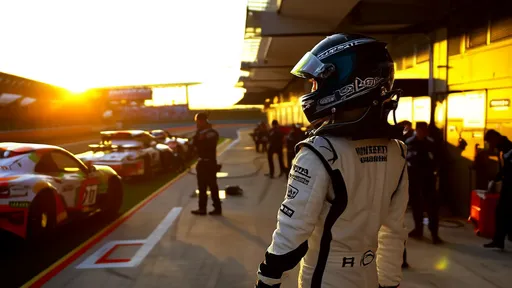
By /Jun 14, 2025
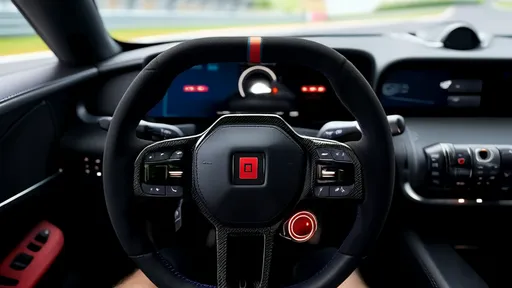
By /Jun 14, 2025
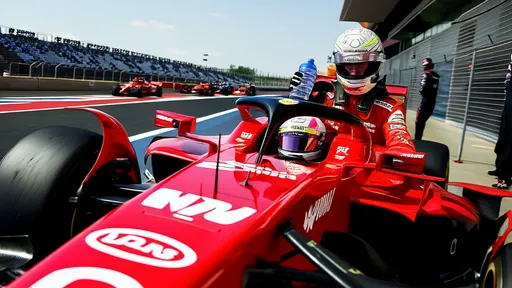
By /Jun 14, 2025
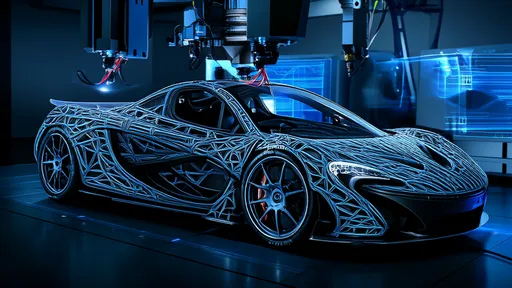
By /Jun 14, 2025
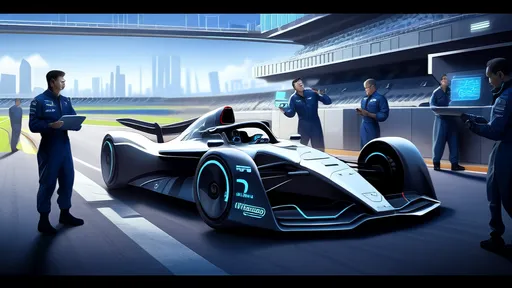
By /Jun 14, 2025
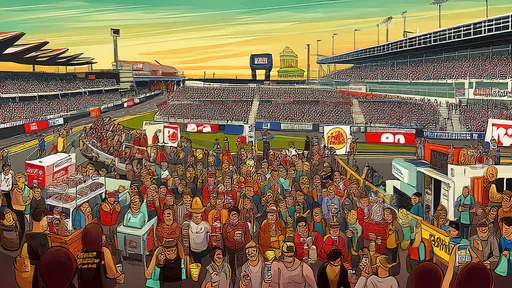
By /Jun 14, 2025
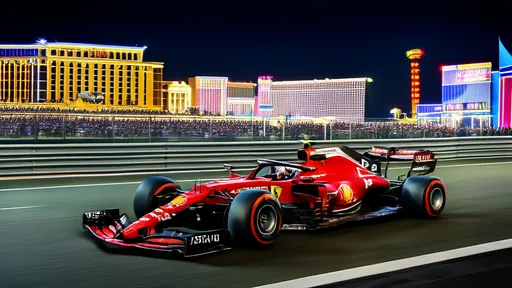
By /Jun 14, 2025
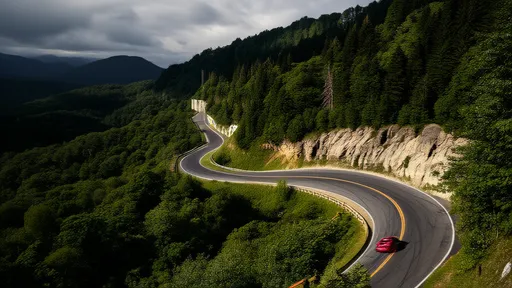
By /Jun 14, 2025
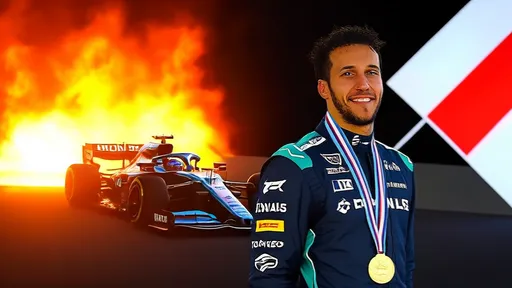
By /Jun 14, 2025
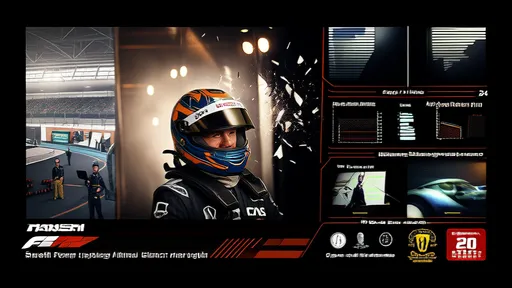
By /Jun 14, 2025
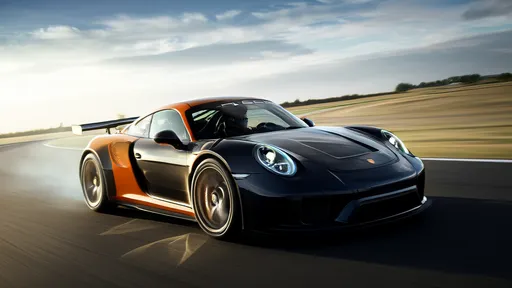
By /Jun 14, 2025
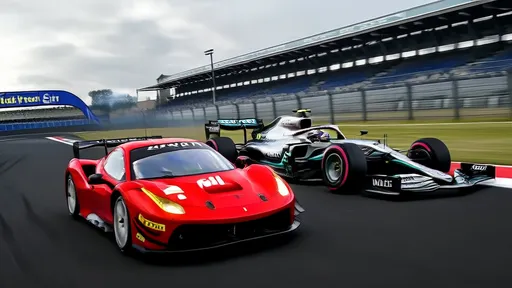
By /Jun 14, 2025
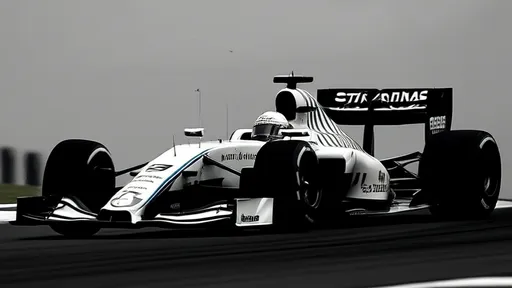
By /Jun 14, 2025
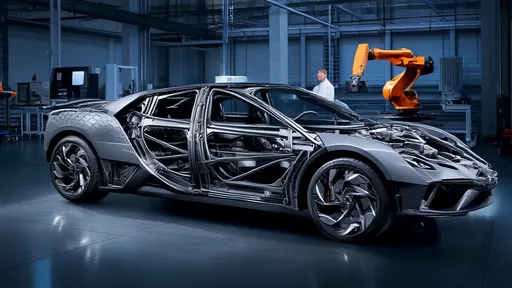
By /Jun 14, 2025
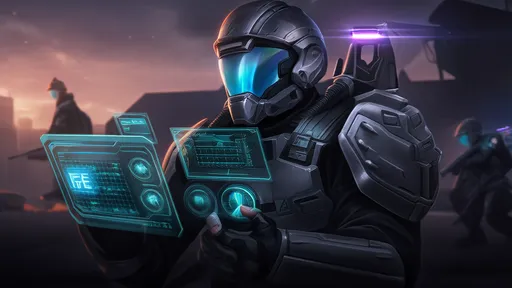
By /Jun 14, 2025
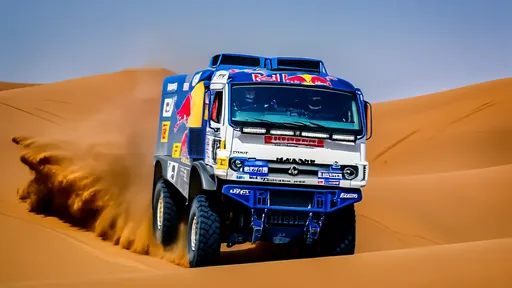
By /Jun 14, 2025
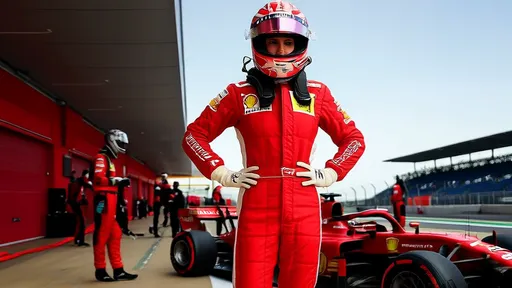
By /Jun 14, 2025